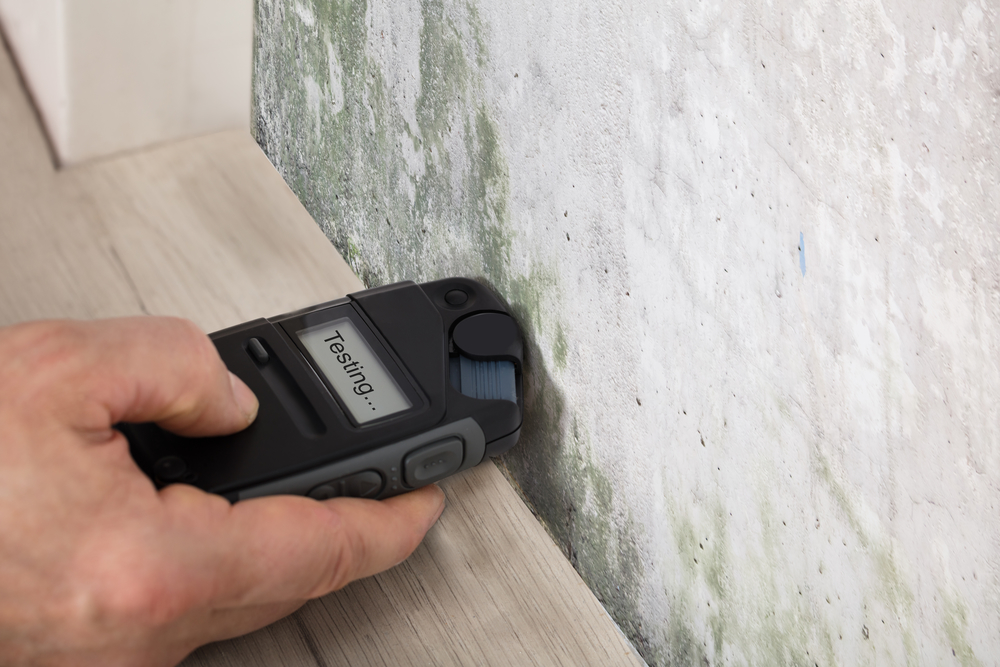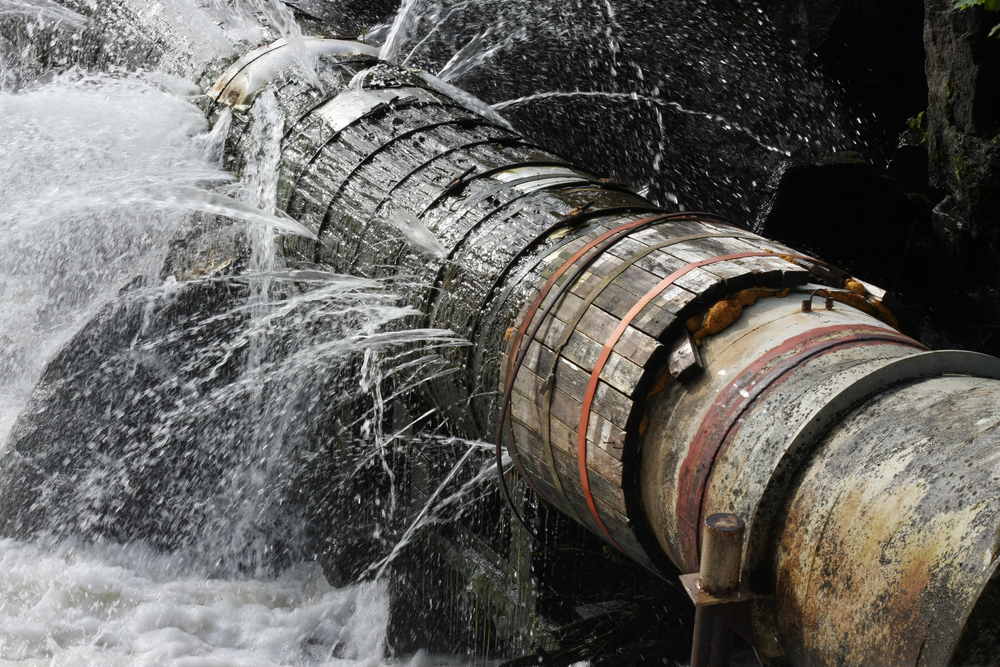If you’re curious about the steps in water damage restoration, read on. After a flood or in the event of a pipe burst, the first and foremost thing you should do is to stop any active leaking in your home by shutting off the main water supply.
After turning off the water, it’s now time to call in the experts in damage restoration. This is the most important thing you could do to save your home and save money further. The sooner you call them, the sooner they can start the cleanup process, the sooner you can prevent permanent damage from setting in.
What Happens In A Flood Restoration
No two damage restoration jobs are alike. The amount of work needed for each depends on the extent of damage and the length of time the water had been left standing.
Your professional water damage experts will inspect your home and put together a detailed timeline of the job. Here are the usual stages of the water damage repair process:
The Inspection

The first thing a water mitigation expert will do is inspect the home and evaluate the damage using special tools and instruments to measure moisture content, etc.
They have a tool they use to poke some areas or rest them on top of surfaces like floors and ceilings and assess whether drying equipment is needed.
Classifications of damage:
Category 1 “fresh water” damage

The water originates from a clean source such as sprinkler systems, supply lines, or rainwater. It is not a threat to ingestion and exposure to it won’t cause any harm to your health.
Category 2 “gray water” damage
The water is contaminated and can cause sickness to humans. It contains diluted urine, detergents, or seepage from ruptured storage tanks.
Category 3 “black water” damage
The water is very deadly contaminated and contains pathogens and toxic agents. It usually comes from sewers, water from rivers and streams, and seawater. Not only is it harmful to people but also destructive to property.
Preventing Further Damage
The more prolonged the wait, the more permanent the damage. If drying equipment is needed, the professionals will place dehumidifiers around to prevent mold growth. The dehumidifiers can sit for days depending on the level of moisture present.
Removal of standing water
The removal of standing water from the home is an essential step in damage restoration. They use shop vacuums and rotate them around the house to suck up all the standing water present in the area.
Drying
After the removal of standing water comes the process of drying out the home. Water damage experts will bring in air movers to help circulate airflow throughout the room.
Depending on the situation, they might need to lift up your carpeting or use floor mats to draw water out of your hardwood floors or drill holes into the drywall for faster drying.
The point is, the water damage professionals will go to all lengths just to make sure they dry your home without resorting to demolishing and rebuilding, which will take a lot of time and be very costly.
Containment
The water damage experts will perform containment alongside drying. They will tape off wet areas to concentrate heat into the rooms that are wet.
It is a critical step in water damage repair since it allows the crew to maintain the environment and dry the home as quickly and effectively.
Monitoring
Throughout the drying process, the restoration crew will monitor how the progress of the drying process and check the dehumidifiers if they aren’t blasting wet air into the room and check the moisture content of the surfaces they are drying.
Once rooms are declared dry, the crew will proceed to move the equipment to other areas of the home that still need drying.
Completion Of Restoration
Once the home is brought back to its state before the flooding, the water damage cleanup process is complete.
The crew will remove the drying equipment from home, and the water damage repair company will check if you’re satisfied with the restoration job.
If there was any damage inflicted on other areas of your home, some water damage repair companies also have home repair specialists who can repair the damage in your home.
Contact Experts In Water Damage Restoration
Water damage repair works best the earlier they can address the issue. Contact experts in damage restoration immediately and don’t wait. If you do, you’re looking at permanent damage and your family getting sick due to exposure to pathogens.
Water damage specialists will know how to ensure the structure of your home. They will also know the best way to protect your belongings and the health of your family after a flood. They can also give you advice on what to do the next time flooding happens.
